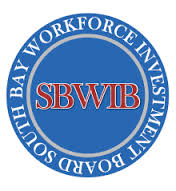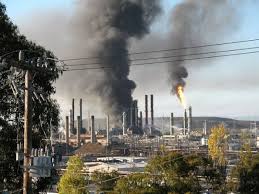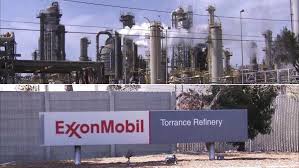Mayor Furey’s Misleading Explanation for not Attending ExxonMobil Town Hall
Mayor Furey was a noteworthy absentee at the ExxonMobil Town Hall held shortly after the recent explosion. His stated reason for not being there was that he was in Sacramento and could not attend. Turns out, that justification may not hold water.
It can be tense in the anxious atmosphere existing in the aftermath of a significant public emergency like the ExxonMobil incident. As state Senator Ben Hueso commented at a recent hearing, “People are very afraid, and with very good reason.” It is times like this that more than ever people need honest answers from their government leaders. Resident Brad Commisso exemplified that need at a recent Council meeting as he stood to express his concern about the toxicity of the soot and ash that snowed upon his property.
In the midst of his remarks, he paused for a moment to inquire how many of the City officials had attended the ExxonMobil Town Hall meeting held a few days after the explosion. Few raised their hands. As Commisso was expressing his displeasure at this absence of leadership from City Hall he was interrupted by Mayor Furey who explained, “First of all it was not our meeting, it was ExxonMobil’s meeting.” In reference to his own absence, the Mayor then went on to say, “I was in Sacramento that day so I couldn’t be there.“
The one glaring problem with the statement is that it does not appear to be wholly accurate. Information obtained from the Southbay Workforce Investment Board (SBWIB) reflects that he was not actually in Sacramento at the time of the meeting as he had indicated.
 Earlier in that same Council meeting, Mayor Furey had explained that he traveled to Sacramento to attend an executive meeting of the California Workforce Investment Board where a request from the cities of Torrance and Lomita to realign themselves with the local SBWIB was approved. The agenda for that meeting indicates it began at 10 am and was set to conclude by 12 pm.
Earlier in that same Council meeting, Mayor Furey had explained that he traveled to Sacramento to attend an executive meeting of the California Workforce Investment Board where a request from the cities of Torrance and Lomita to realign themselves with the local SBWIB was approved. The agenda for that meeting indicates it began at 10 am and was set to conclude by 12 pm.
Flight information obtained through SBWIB reflects that Mayor Furey returned to LAX from Sacramento shortly after the meeting on Southwest Airlines Flight 607. Records for that flight show that it left Sacramento at 1:12 pm (PST) and arrived to LAX at 2:25 pm. The Town Hall meeting in question did not begin until 6:00 pm. If not in Sacramento as he had indicated, where was the Mayor during the Town Hall meeting? How come he did not attend? And, much more importantly, why did he mislead the public about his whereabouts?
The lack of forthrightness by Mayor Furey on this issue is troubling as it undermines the faith people are putting in City Hall to provide them with honest answers. It begs the question that if he would mislead the public about his absence at the Town Hall, then how can we trust that he is not being deceptive about other important matters?
Perhaps there is good cause for this apparent discrepancy. If so, I would welcome it. Barring such, however, it would appear that Furey’s absence at the Town Hall warrants further explanation.


